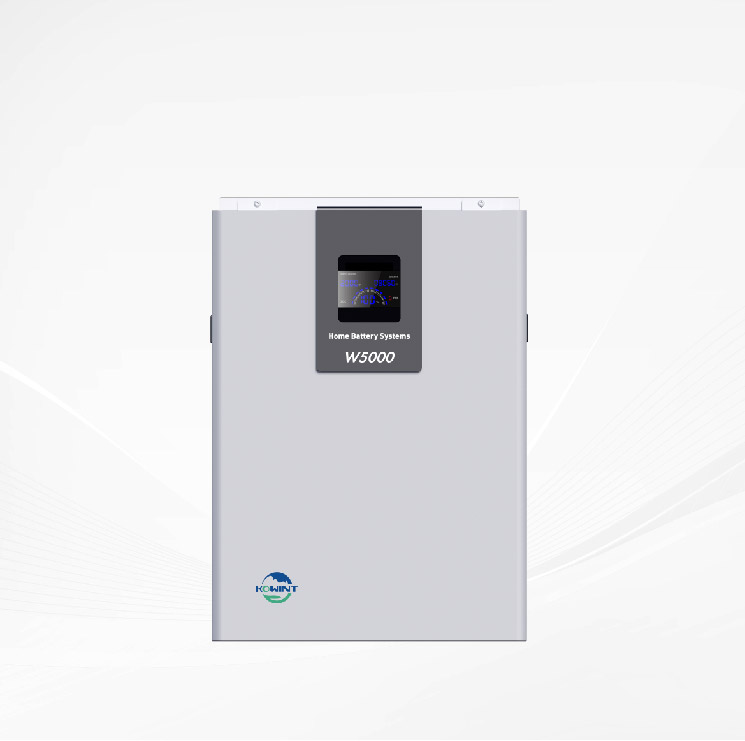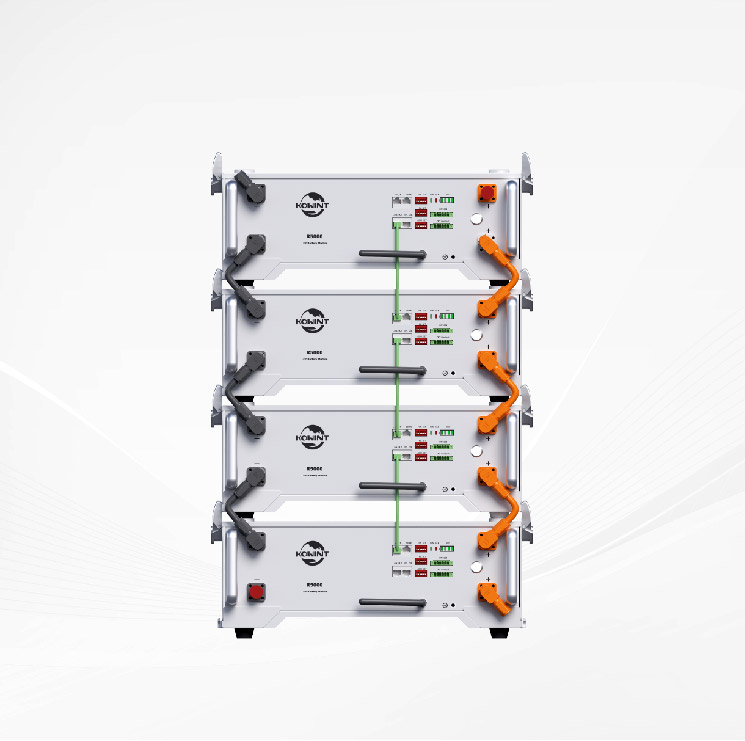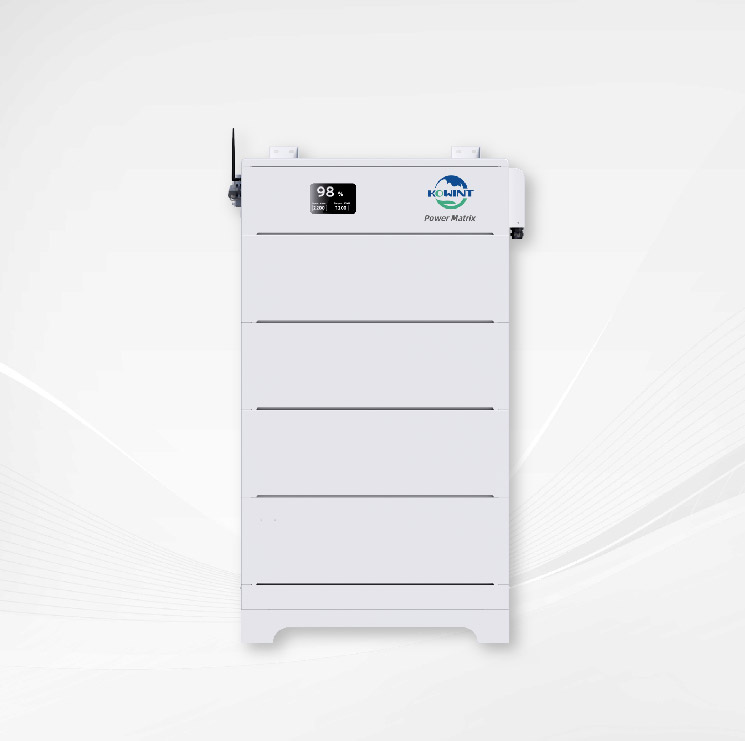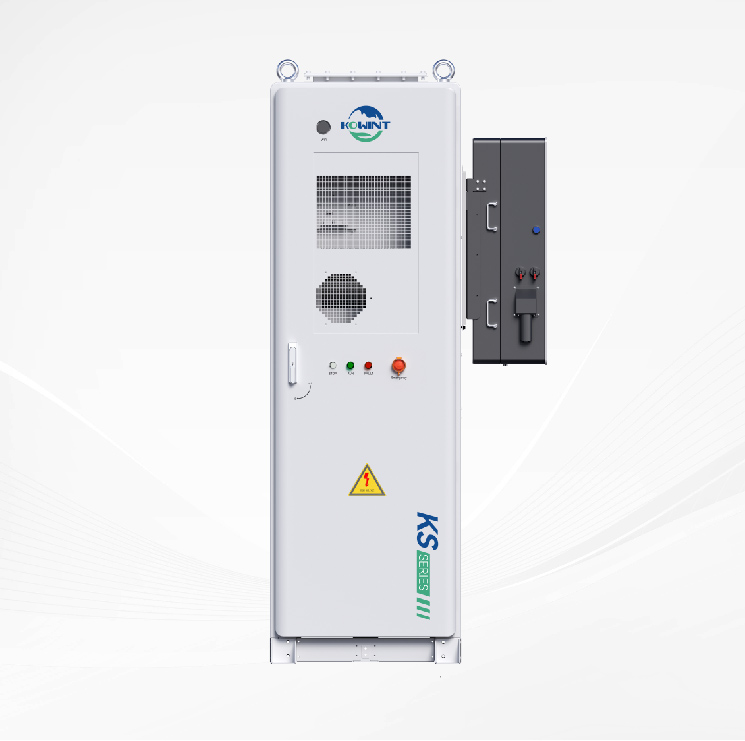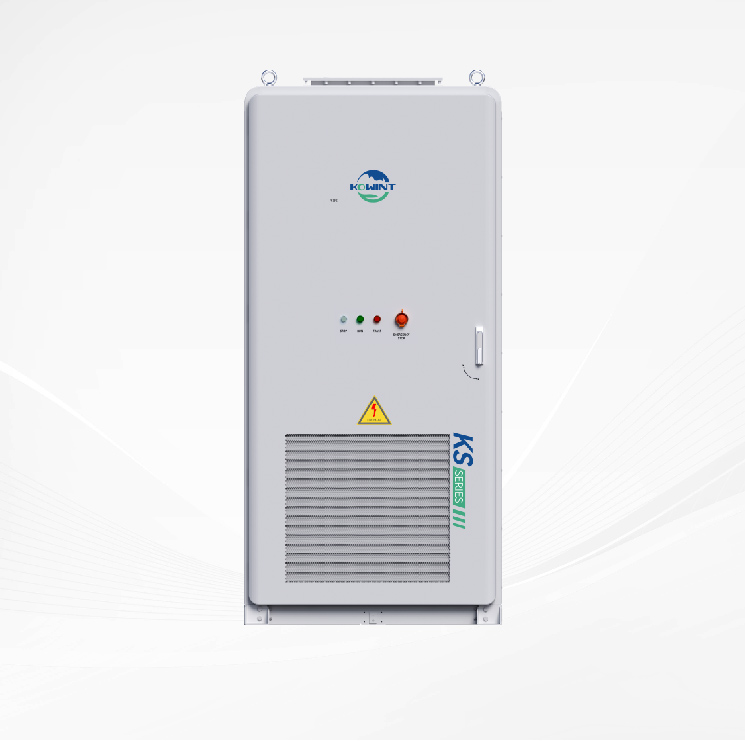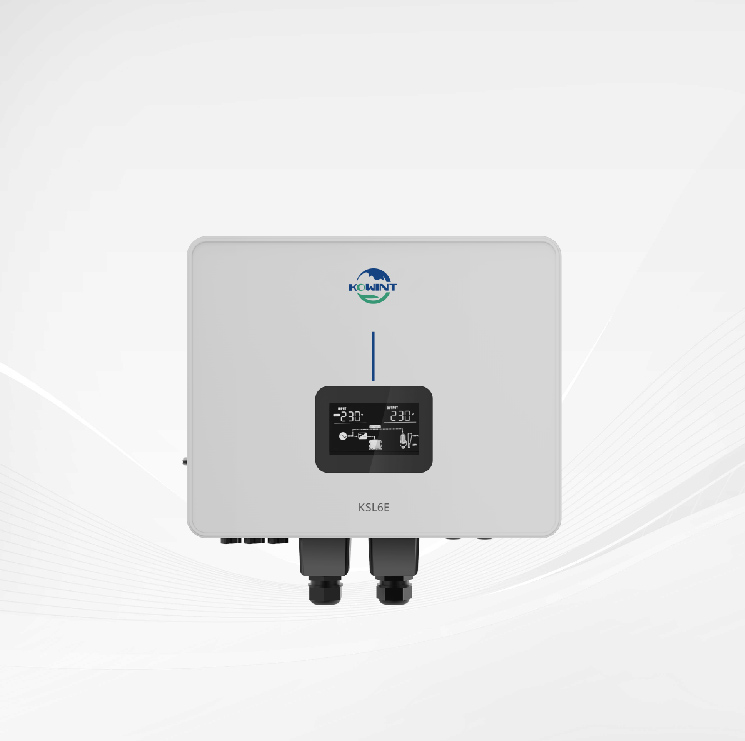The Main Elements of Electric Vehicle (EV) Chargers
Introduction
With the increasing focus, on transportation, electric vehicles (EVs) have gained significant popularity. As more people choose EVs there is a growing need for reliable EV charging infrastructure. EV chargers play a role in facilitating the adoption of EVs by providing a convenient and accessible way to recharge their batteries. It is crucial for both EV users and charging station operators to understand the components of EV chargers to ensure safe charging. This article explores the components that make up EV chargers and their importance.
A Brief Explanation About EV Chargers
Electric vehicle chargers, also known as EV chargers are devices designed specifically to recharge the battery of a vehicle. They function similarly to how fuel pumps work for combustion engine vehicles but instead of gasoline or diesel they provide energy to the vehicles battery. The process of charging an EV involves transferring power from the grid to the vehicles battery allowing the EV to operate without emitting any pollutants from its tailpipe.
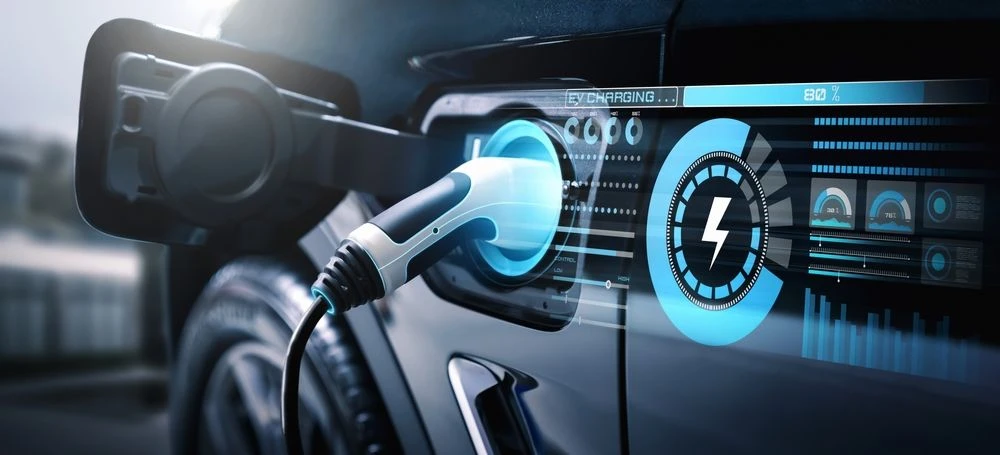
The Importance of Understanding the Key Components of EV Chargers
Understanding the components of EV chargers holds significance, for various parties involved in the electric vehicle ecosystem. Here's why it matters;
For EV Owners
For people who own a vehicle having an understanding of these components allows them to make well informed decisions when it comes to their charging needs. Knowing which type of charger, connector and charging cable is compatible with their vehicle is crucial for ensuring an hassle free charging experience. Furthermore having knowledge about the components at a charging station empowers EV owners by enabling them to troubleshoot common issues on their own minimizing any potential downtime and optimizing their driving schedules.
For Charging Station Operators
Charging station operators play a critical role in establishing a reliable and easily accessible charging network, for electric vehicles.
Having knowledge, about the components of EV chargers is crucial for operators to make decisions about the right equipment for their charging stations. By understanding power supply options, connector types and control board functionalities operators can offer a range of charging services that cater to EV models and charging preferences. This adaptability plays a role in attracting a customer base and building trust in the reliability of the charging network.
For Mobility
The widespread adoption of vehicles plays a significant role in reducing greenhouse gas emissions and addressing climate change. However the success of EVs depends on an user friendly charging infrastructure. Understanding the components of EV chargers ensures that charging stations are designed and maintained to deliver performance. As more people embrace vehicles it becomes increasingly important to have a functioning charging network that alleviates concerns about range anxiety and encourages further adoption.
For Technological Advancements
The field of mobility is constantly evolving with advancements in battery technology faster charging speeds and improved connectivity. With an understanding of EV charger components individuals are better positioned to embrace these changes. Whether its adapting to charging technologies. Incorporating smart charging features, familiarity with the core components of EV chargers facilitates a smooth transition, towards innovative solutions.
Power Supply
The power supply is a component of an EV charger as it provides the electricity for charging the vehicles battery. There are types of power supplies used in EV charging stations each with its advantages and considerations.
Types of Power Supplies
Single phase AC; This type of power supply is commonly found in settings offering power levels suitable, for overnight charging.
Three phase AC; Charging stations equipped with three phase AC power supplies provide faster charging speeds compared to single phase options.
They can often be found in charging stations that cater to both public use.
DC (Direct Current); DC fast chargers provide charging by converting AC power from the electrical grid, into DC power that can be used directly by the vehicles battery. These chargers play a role in reducing charging times during long journeys.
Significance of Power Supply for Charging Speed and Efficiency
The choice of power supply has an impact on the speed and efficiency of EV charging. Faster charging necessitates power levels, which can be achieved through three phase AC or DC charging stations. Selecting a power supply also ensures charging while minimizing energy loss during the transfer from the electrical grid to the vehicle.
Connector
Connectors act as links between the charging station and the vehicle enabling electricity transfer, from the charger to the vehicles battery. Choosing the connector type is essential to ensure compatibility and safe charging.
Types of Connectors
Type 1 (J1772); This particular connector is commonly used in North America and Japan supporting both single phase AC and slower DC charging.
Type 2 (Mennekes); Widely utilized in Europe Type 2 connectors support phase, three phase AC charging well as DC charging.
The Combined Charging System (CCS) connectors are gaining popularity worldwide as they combine the Type 2 connector, with DC pins providing DC charging capabilities.
On the hand CHAdeMO connectors are commonly found in vehicles and are primarily used for DC fast charging.
It is crucial to match the connector to your vehicle to ensure charging. Using a connector can lead to charging speeds or even damage to the vehicles charging port. Vehicle manufacturers usually specify the connector type. Its important for charging station operators to offer a variety of connector options to accommodate different electric vehicle (EV) models.
The charging cable plays a role as it acts as a conduit for electricity between the charging station and the EV. It is essential for ensuring safety and efficiency during the charging process.
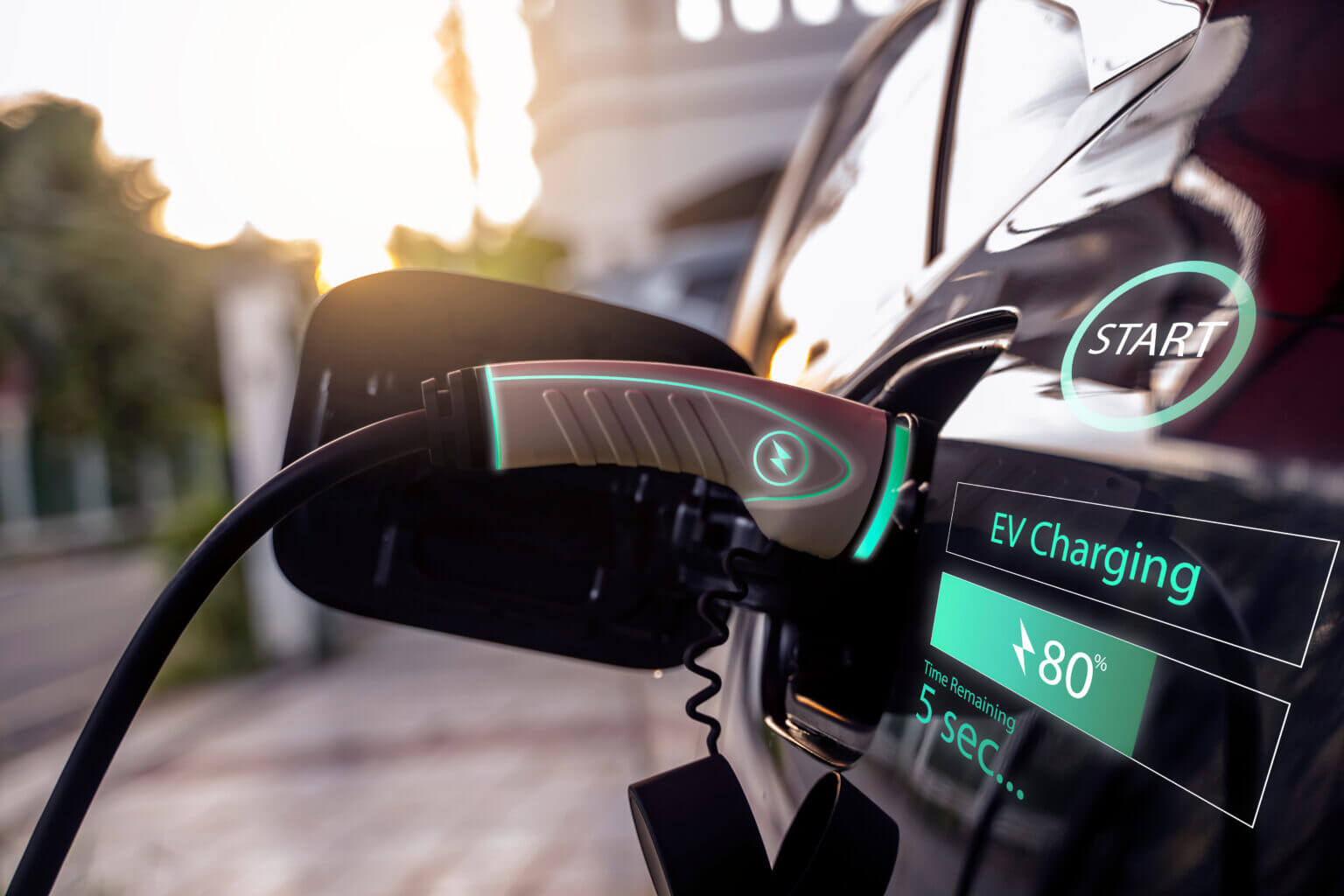
There are types of charging cables
Type 1 Cable; This cable is associated with Type 1 connectors. Is commonly used in regions where Type 1 connectorsre prevalent.
Type 2 Cable; Corresponding to Type 2 connectors Type 2 cables are commonly used in Europe and support both AC and DC charging.
CCS Cable; CCS cables are designed for high speed DC charging. Are compatible, with CCS connectors.
CHAdeMO Cable; CHAdeMO cables are similar, to CCS cables. Are specifically designed for DC charging using CHAdeMO connectors.
Significance of Charging Cable Length and Flexibility
Considering the length and flexibility of the charging cable is important. A longer cable enables parking options and flexibility in choosing a suitable spot near the charging station. Additionally a flexible cable is easier to handle reducing strain on connectors and ports while minimizing the risk of damage.
Control Board
The control board acts as the processing unit of an EV charging station overseeing the charging process facilitating communication with the vehicle and ensuring safety protocols.
Roles of the Control Board
Charging Regulation; The control board manages electricity flow to ensure efficient charging of the vehicles battery.
Communication; It facilitates communication between the charging station and the vehicle enabling data exchange and monitoring.
Safety Measures; The control board implements safety protocols like monitoring voltage levels to prevent overcharging or overheating incidents.
Importance of a Designed Control Board for Safety and Reliability
Having a designed control board is crucial, for maintaining a safe and reliable charging process.A malfunctioning control panel can cause a variety of problems, such, as damaging the cars battery posing safety risks and interrupting the charging process. It is crucial to maintain and update the control panels software to ensure secure charging operations.
User Interface
The user interface (UI) serves as the point of interaction between electric vehicle drivers and charging stations. A user friendly interface enhances the charging experience.
Types of User Interfaces
Charging stations are equipped with touchscreens that display information about charging, payment options and instructions.
LED Indicators; Visual indicators using LED lights provide signals about the status of the charging process making it easy for users to understand how far along their session is progressing.
Importance of a User Interface for Ease of Use
Having a designed user interface is essential, in providing a seamless and intuitive charging experience. Users should be able to initiate or stop their charge choose options and access relevant information effortlessly. A clear and user friendly interface reduces errors and frustration ultimately encouraging people to embrace vehicles.
Conclusion
Electric vehicle chargers consist of components that work together harmoniously to deliver reliable, safe and efficient charging experiences.
Each element, from power sources to connectors charging cables to control boards and user interfaces has a role in facilitating the shift towards transportation. With the increasing popularity of vehicles (EVs) it is essential for both EV owners. Charging station operators to comprehend the functions and significance of these components. By embracing the technology powering EV chargers we can lay the foundation for an more environmentally friendly future, in transportation.


 Residential Energy Storage System
Residential Energy Storage System Commercial & Industrial BESS
Commercial & Industrial BESS Residential inverter
Residential inverter

